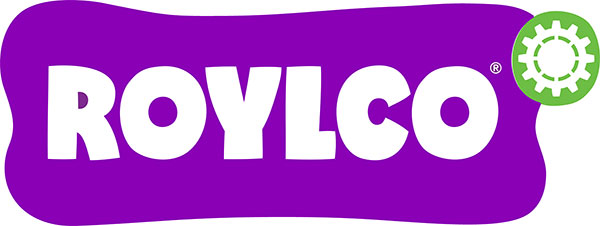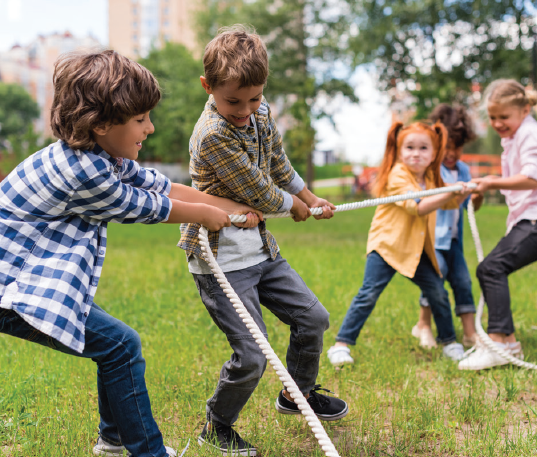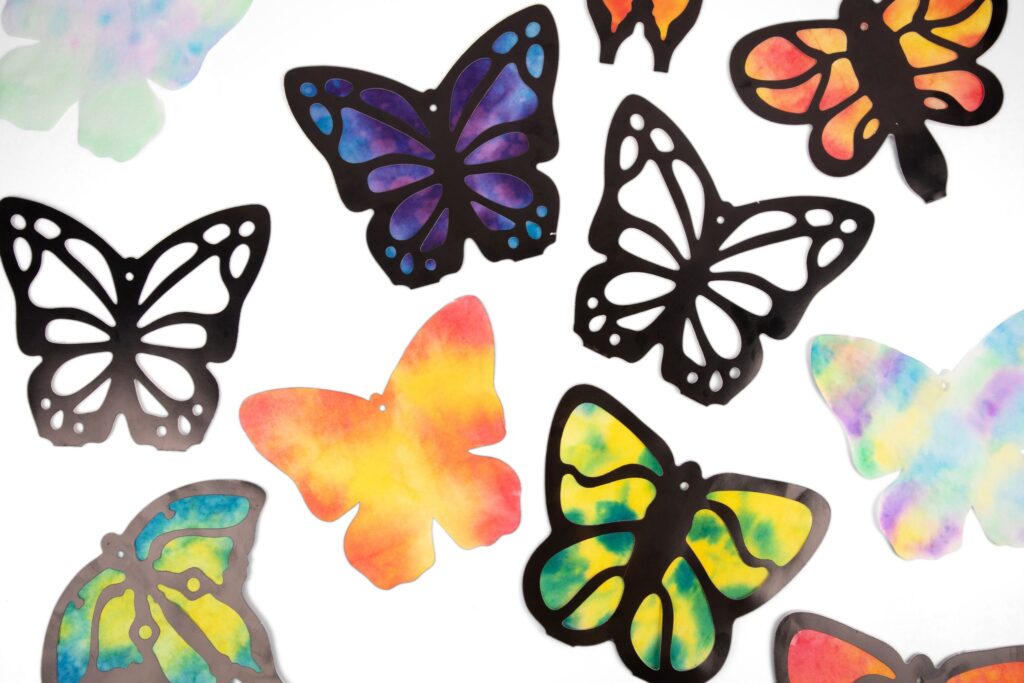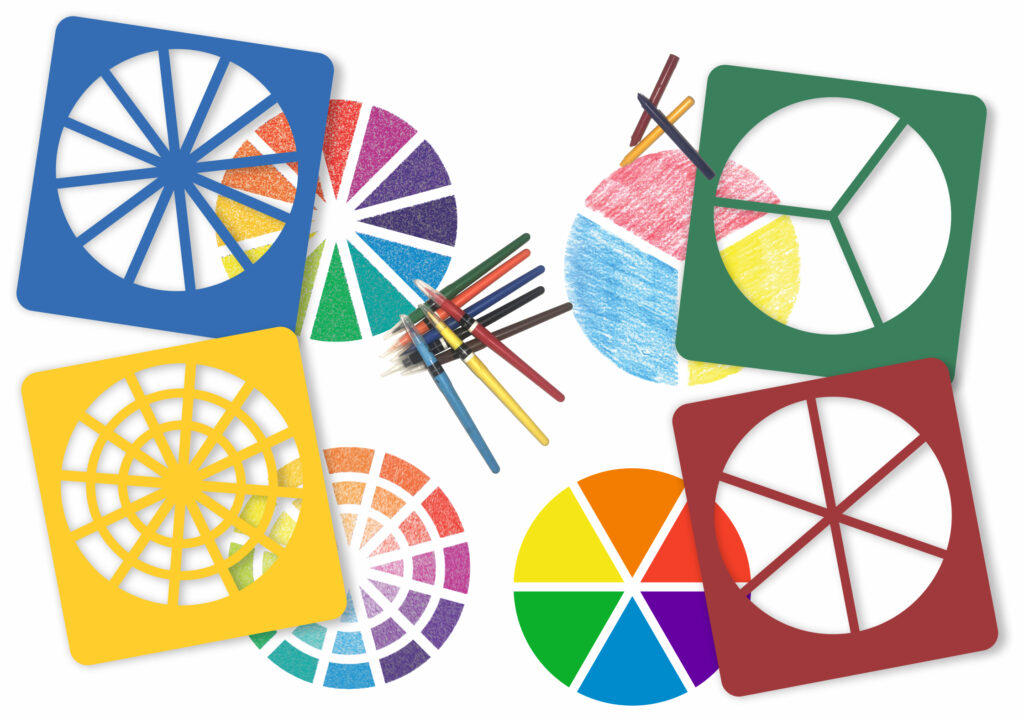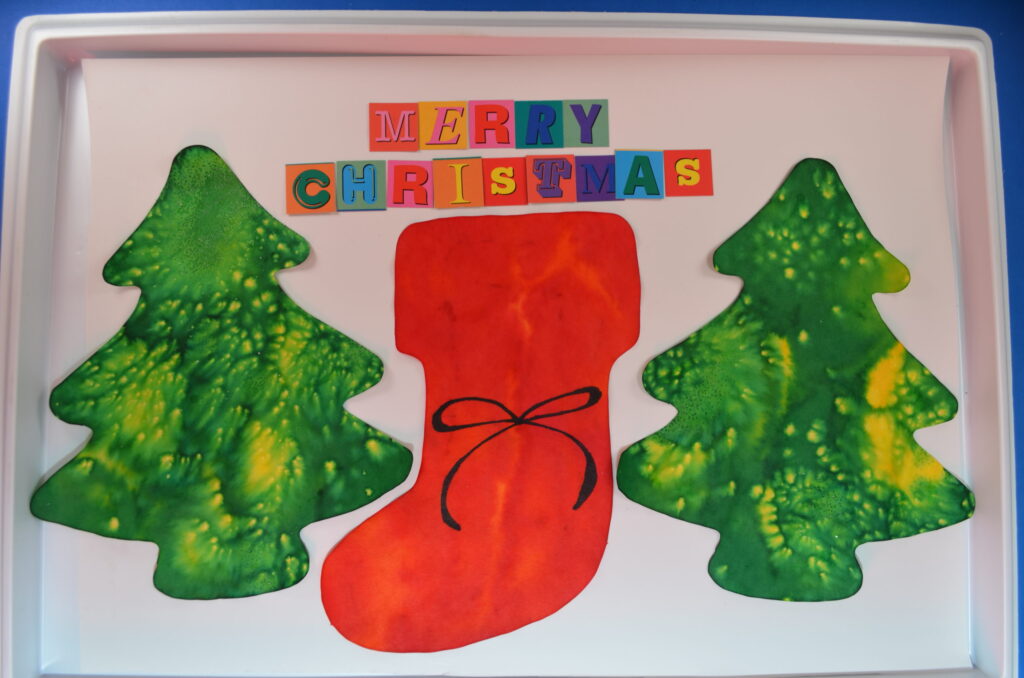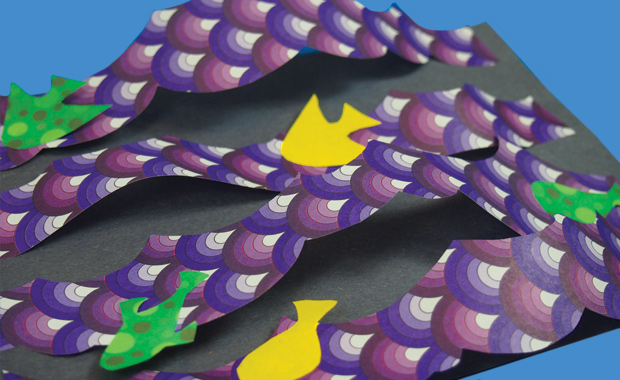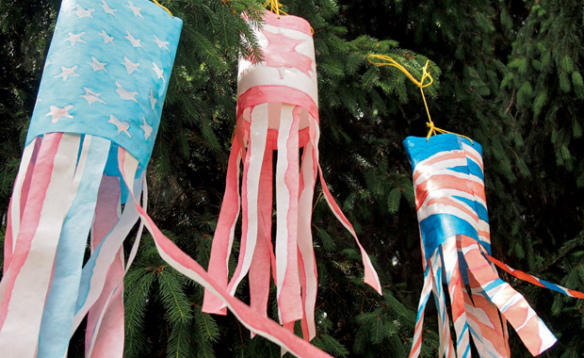Posts Tagged ‘Art’
Growth Mindset Lesson Plan
You might be wondering what a growth mindset is, so let’s start by defining it. A growth mindset is the believe that we can improve our abilities through effort, practice, and learning from mistakes. The opposite of a growth mindset is a fixed mindset which is the believe that our abilities are set in stone.…
Read More5 Reasons Why Arts & Crafts Are Crucial For Early Development
Dinosaurs and unicorns are alive. Superheroes and insects work together to fight evil. Yep, you heard that right! Welcome to the world of arts and crafts – a magical world where children can put on their capes of creativity and curiosity, unlocking the secrets of their own potential. Arts and Crafts are the forefront of…
Read MoreDream Catcher
New ideas for Craft! Create your own beautiful modern style Dream Catcher using our R42280, release stress and relieve yourself. Learn how to create these dream catchers and add a wonderful touch to your home.
Read MoreValentine’s Day: Pop Up Pivot Cards
Make your Valentine feels Special. Create your own Super Cute Valentine Card by using our New Pop Up Pivot Card. Send a love note to all your friends and family members with this sweet Valentine’s Day cards. The clever design is easy to assemble and fun to decorate. The three-dimensional message card unfolds and pivots as the card opens.
Read MoreNew Product Highlight: Dinosaur Unruly Rulers
Get ready for an art adventure! This set of 6 stencils is fun and useful. Use these Dinosaur Rulers to create your own Dinosaur. Trace around the stencil and add colors when finished.
Read MoreNew Product Highlight: Color Wheel Stencils
Create fun by encouraging students to create personal color wheels! We like this activity because it can be simple or complex, with a good balance between structure that guides students and open-ended fun that fosters creativity.
Read MoreProduct Spotlight: Holiday Color Diffusing Shapes
This month, we’re featuring two of our new Color Diffusing shapes to get us in the holiday spirit during the month of December: Color Diffusing Evergreens and Color Diffusing Stockings.
Read MoreDecorative Tree Ornaments
Add a personal touch to your decorations this holiday season with a beautiful and surprisingly simple craft ornament. It requires nothing more than some decorative paper and a few yards of yarn! Age: 4+ Duration: 15 minutes You’ll Need: • R15420 Black and White Paper/ R15200 Patterned Paper Classpack / R15203 Decorative Hues Paper / R15421…
Read More3D Ocean Scenes
Following our ocean theme for this week, I’ve put together a little craft that incorporates our decorative papers into a fun and vivid cut and paste activity! Find out how to make your own ocean scenes below! Age: 6+ Duration: 15-20 minutes Learning Objectives: Exercise fine motor skills through cutting wave shapes. Focus scissor skills…
Read MoreFlag Windsocks
Make brilliant designs on Color Diffusing Paper using clear glue! Incorporate windsocks into a national holiday craft or use to cheer on your favorite team. Age: 5+ Duration: 20 minutes Learning Objectives: Create product art with an emphasis on using fine motor … Continue reading ![]()
